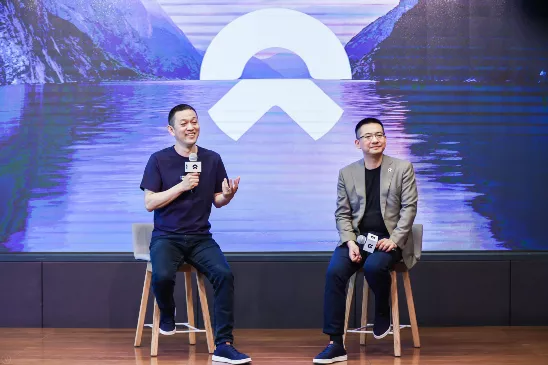Excerpt from Outing’s media: focusing on the evolution of the automotive industry chain
By* Zhou Changxian*
On May 6th, after a year’s delay, NIO finally announced its strategy for entering the Norwegian market.
In summary, NIO will build a complete operating system, including vehicles, services, digitalization and lifestyle in Norway, and create a community with the vehicle as the starting point, called “Strategy”. This shows NIO’s emphasis on the Norwegian market, which not only is the first step for NIO to venture out of China and onto the world stage, but also serves as a touchstone to verify whether NIO’s products and business models that have achieved stage success in the Chinese market can succeed in a foreign country.
Why Norway?
“At the time of NIO’s IPO, the Norwegian sovereign wealth fund gave us important support,” said Li Bin, founder of NIO, at the press conference to reveal NIO’s roots in Norway.
At the end of August 2018, during NIO’s IPO roadshow, when Trump was in power, American investors ignored NIO. As a result, the IPO only raised a total of 1.1 billion US dollars, of which more than 900 million US dollars were given by two investors, Baillie Gifford in the UK and the Norwegian sovereign fund.
Soon after, the Norwegian king visited China, and Li Bin was invited to participate in some Sino-Norwegian activities and signed a strategic cooperation agreement with the Norwegian Electric Vehicle Association.
Since then, NIO has begun to study the Norwegian market. Norway is a narrow country in Northern Europe, with a distance of over 3,000 kilometers from north to south. Qin Lihong, the CEO of NIO, said that in his impression, Nordic countries are all cold, but the several key southern cities that account for 90% of Norway’s auto market sales may only have an average winter temperature equivalent to Shandong to Henan province in China.
Norway not only has a special geographical location but also has unique characteristics in terms of car consumption. In 2020, Norway sold about 141,400 new motor vehicles, of which electric vehicles accounted for about 76,800. In the first quarter of this year, the market share of electric vehicles reached 57% and is still climbing. The Norwegian Electric Vehicle Association predicts that the sales volume of electric vehicles in Norway will reach 65% of the country’s total new car sales in 2021.
“NIO has been committed to becoming a global brand since its inception, providing good products and services to users worldwide,” said Li Bin. He stated that choosing Norway as its first market outside of China is not only because Norway is one of the most friendly countries for electric cars, but also because Norway loves the environment and pursuing innovative culture, which has a lot in common with NIO’s vision.“`
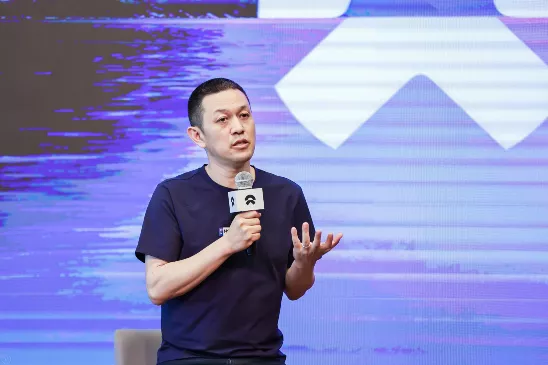
The latter sentence may sound vague, but it is crucial.
So, how friendly is Norway to electric vehicles?
Firstly, there is strong governmental support. Although Norway does not produce electric cars itself, it serves as a transport hub for them. Norway waives the 25% value-added tax and import duties on electric cars, which means that apart from transportation costs, there are no extra costs involved when electric cars enter the Norwegian market. Furthermore, electric cars enjoy a 50% reduction in public parking fees and tolls on highways, and can use bus lanes.
Secondly, Norwegian consumers have relatively high incomes but lower loan rates, and electricity prices are low, which greatly reduces the cost of electric vehicle usage.
“Norwegian auto industry professionals hope to further cooperate with Chinese companies in the field of electric vehicles.” Christina Bu, Secretary-General of the Norwegian Electric Vehicle Association, once said, “We have always maintained close contact with Chinese electric vehicle companies. For us, more electric vehicle choices mean attracting more users. We welcome electric vehicles from China.”
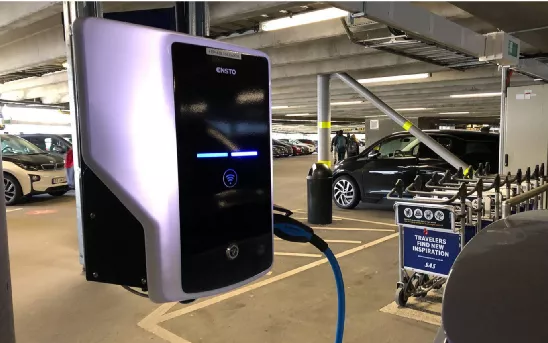
In September last year, XPeng Motors took the lead by shipping the first batch of European orders from Guangzhou to Norway.
It is worth mentioning that SAIC Group exported more than 10,000 electric vehicles to developed countries such as the UK, France, and the Netherlands last year, and entered the bestseller list.
Wang Binggang, Director of the National Electric Passenger Vehicle Technology Innovation Alliance Technical Committee and Leader of the National New Energy Vehicle Innovation Engineering Special Expert Group, said: “Our advantage is that we have combined electrification with intelligence now and should have reached the forefront internationally. The vehicle’s technology level should be competitive, and prices should also be competitive.”
“Now, compared with the earliest plan, it may be more than a year late due to various reasons.” said Qin Lihong. The well-known reason is the European epidemic.
There is one thing he did not say, and that is money.
In the second half of last year, NIO, which was rescued from ICU, resumed many matters, including accelerating its Norway strategy. At the end of last year, NIO started building its Norwegian team and officially established its Norwegian company in March this year, with 15 employees currently.
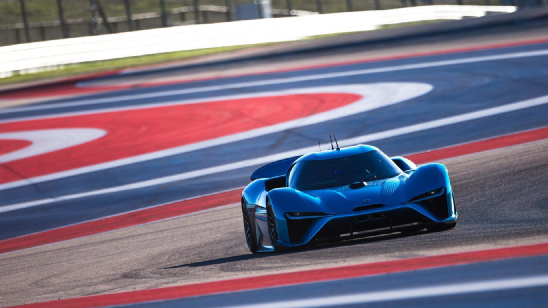
“`Norwegian General Manager Marius Hayler, who previously worked at Jaguar Land Rover, first heard of NIO in 2017. In May of that year, the NIO EP9 broke the Nurburgring North Loop production car lap record with a time of 6:45.900 during testing on the German track.
See that? Breaking lap records isn’t just about burning money for brand awareness, it also attracts talent.
NIO’s Strategy in Norway
Li Bin gave a twelve-word guideline for NIO’s strategy in Norway: careful preparation, patience, and long-term planning.
In terms of business model, like in the Chinese market, NIO will still focus on infrastructure, direct sales, and direct customer services in Norway. However, for cost reasons, there may be more self-service options.
NIO will establish a direct sales and service network in Norway. The first NIO center outside of China will open in the commercial and cultural center of Karl Johans gate in Oslo, the Norwegian capital, in Q3 2021. In 2022, NIO will build four NIO Spaces in Bergen, Stavanger, Trondheim, and Kristiansand.
NIO will also provide mobile service cars, door-to-door vehicle pick-up and delivery services, and will establish a complete charging system. The NIO Europe version charging map and the first batch of four second-generation battery swap stations will be put into operation this year. In 2022, NIO will build battery swap stations in five Norwegian cities.
Li Bin stated that “Choosing a direct sales model is because NIO is a user-oriented company, and the operation of NIO charging and battery swap stations in Norway will respect local conditions, details, and user habits.”
In terms of models, NIO announced that it will begin deliveries of its first model, the intelligent flagship electric SUV, the all-new ES8, in Norway in September this year. The intelligent flagship electric sedan, ET7, will officially enter the Norwegian market next year. Li Bin said that more products will be introduced in the future, but the selection of these products will still depend on local market demand and relative product competitiveness.
While compact cars are expected to perform better in terms of sales, Li Bin confirmed that NIO will not specifically produce small cars for Europe. “NIO will have cars of different sizes, and they will definitely enter the European market.”
However, to be honest, facing the strong electric product lineup from European brands including Audi e-tron, Volvo XC40, and Mercedes-Benz EQC, the NIO ES8 faces tough competition pressure.
In addition, as an important part of NIO community and user services, the European version of the NIO App will be launched this year. NIO Life, NIO’s original lifestyle brand, will also soon meet Norwegian users.
Regarding pricing strategy, Li Bin said that overall they consider tariffs and shipping costs and implement global pricing with general principles. It’s not about having a higher profit margin than in China.
“The principle of NIO is to have a reasonable profit margin for the whole vehicle.” However, currently services are not profitable until there is a relatively large user base. Overall, services in China are not profitable.
It’s worth noting that in NIO’s Norway strategy, there is no specific KPI for sales volume. “Entering Europe in the short term means more losses, but it’s acceptable,” Qin Lihong added. NIO’s basic approach is to sow before reaping.
Many companies may not necessarily have this approach, but these two old partners are ready to take a different path.
“Entering the global market now, we are a seed. Don’t expect this seed to grow into a towering tree and bloom immediately. This is not in line with the objective laws of things.”
Next, Li Bin changed the subject.
“But we value the growth of this seed. We hope it’s a seed of good reputation.”
Compared to other Chinese brands that have entered the European market before, the difference with NIO is that they first establish the infrastructure and directly sell and provide services to users.
Other companies may seek cooperation with overseas dealers in the initial stage to expand more quickly, but both methods have their advantages and disadvantages. For example, XPeng Motors partnered with European EV dealer ZEM (Zero Emission Mobility AS), but progress has been slow so far.
There is another difference. The top ten automakers in exports last year entered countries that were very scattered. Except for SAIC Group’s export of 322,000 vehicles and Chery’s export of 110,000 vehicles, other automakers did not exceed 100,000 vehicles.
“We concentrate on conquering one market and treat local consumers as our core consumers and develop long-term relationships with them. NIO is different from other companies.” Li Bin has always been a goal-oriented person.
He believes that the ES8 and ET7 have great product competitiveness. “Compared with other companies, in addition to our products, our advantage is our determination and patience.”The challenges in terms of culture are inevitable when entering the global market. However, as the CEO of NIO, William Li is not worried about it. “Many cultural conflicts are brought about by cultural control. Giving up this obsession is the key to solving these conflicts,” he said.
Of course, just like William Li, Qin Lihong is not worried about NIO’s adaptation to Norwegian culture. In his mindset, there are no insurmountable barriers between different cultures, only methods of integration.
Recently, he read Huntington’s Clash of Civilizations again. “It’s quite interesting. It was written in the 90s and has many prospects for today. Of course, some of it doesn’t entirely match with reality, but a lot of the thinking still inspires me.”
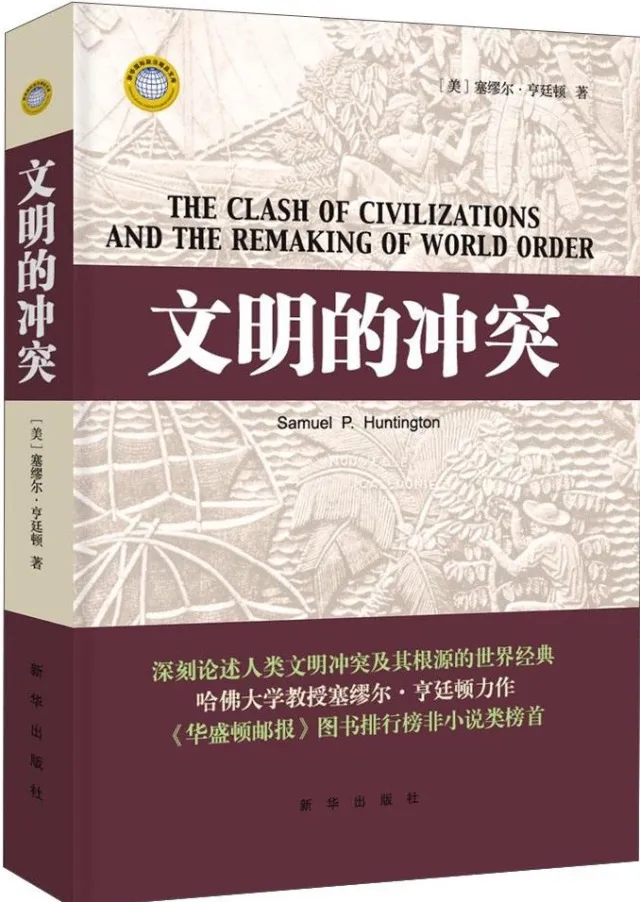
This article is a translation by ChatGPT of a Chinese report from 42HOW. If you have any questions about it, please email bd@42how.com.
